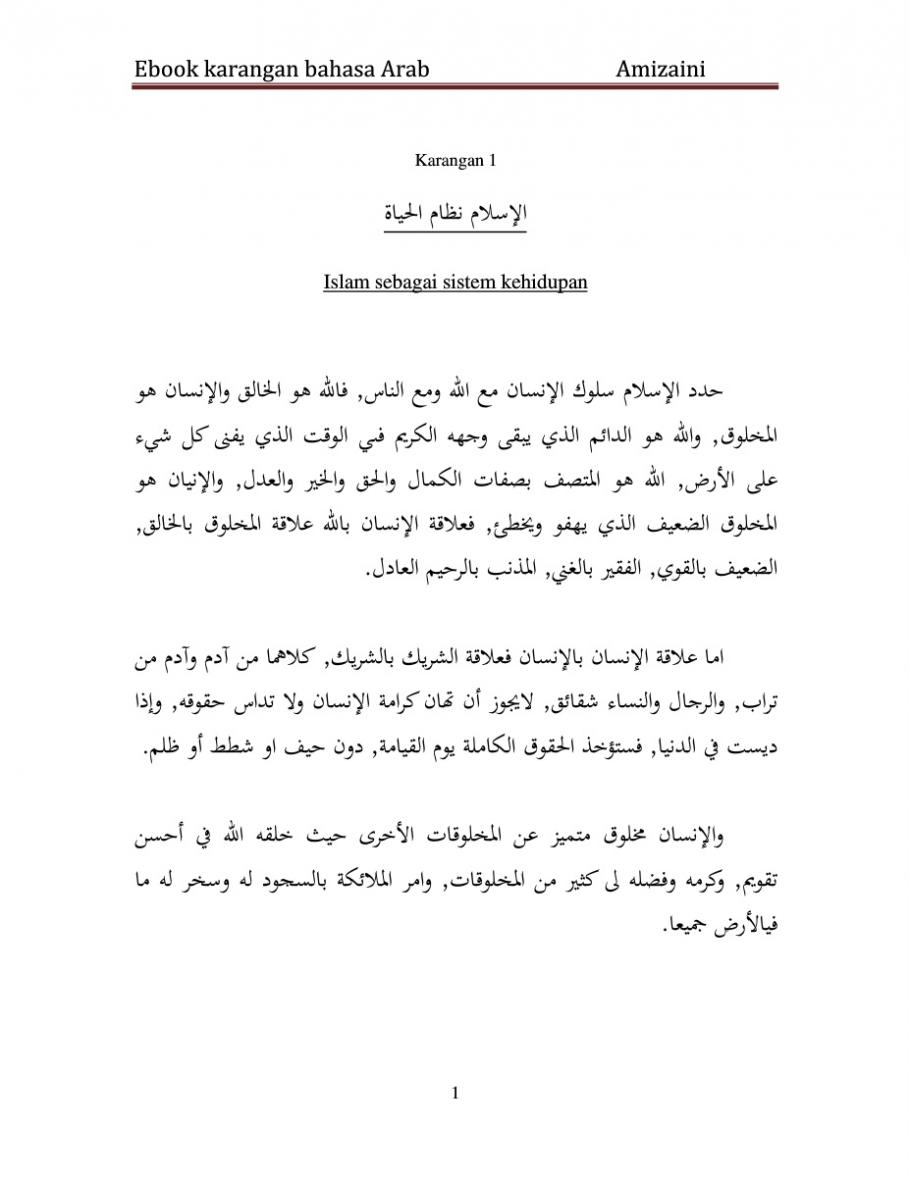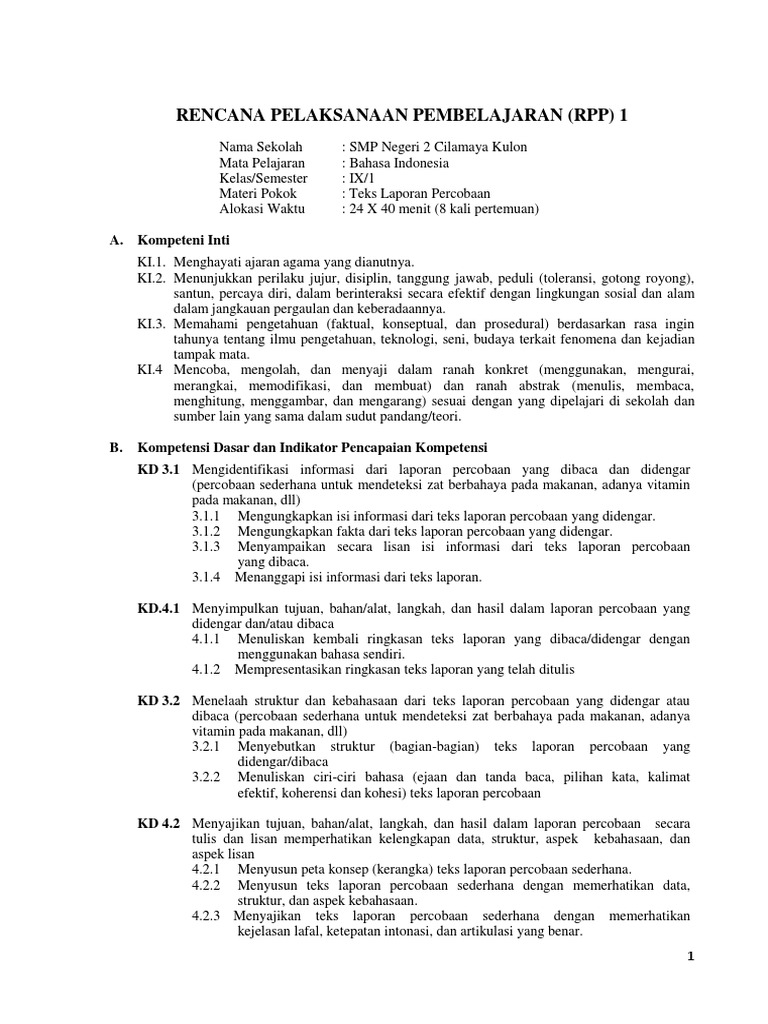Antisense Dna. Antisense rnas play the crucial role in regulating gene expression at multiple levels, such as at replication, transcription, and translation. Antisense rna (asrna), also referred to as antisense transcript, natural antisense transcript (nat) or antisense oligonucleotide, is a single stranded rna that is complementary to a protein coding messenger rna (mrna) with which it hybridizes, and thereby blocks its translation into protein. Sense strand contains the exact nucleotide sequence to the. The antisense dna binds to the mrna and, by mechanisms that are not completely understood, inhibits its natural function, i.e., translation into protein.

Click to see full answer. Antisense dna thus has the potential to block the expression of a particular gene, hence its potential as a therapeutic weapon to combat certain diseases. Oligo means ‘small,’ because asos are made up of relatively few (usually fewer than 25) nucleotides. Skema yang menunjukkan bagaimana untaian dna antisense dapat menghalangi translasi protein. Sense (biologi molekuler) dari wikipedia bahasa indonesia, ensiklopedia bebas. Loncat ke navigasi loncat ke pencarian.
This dna strand is referred to as the antisense strand.
Dna molecule is a double helix strand which also contain histones. To help molecular biologists specifically identify each strand individually, the two strands are usually differentiated as the sense strand and the antisense. Dna normally has two strands, i.e., the sense strand and the antisense strand. Antisense dna technology is a method to inhibit or downregulate the production of a target protein by using antisense dna or rna molecules. Of or relating to a nucleotide sequence that is complementary to a sequence of messenger rna. The main difference between sense and antisense is, based on transcription or on the strand that serves as template for mrna, one of the strand is called sense while the other one is called antisense.
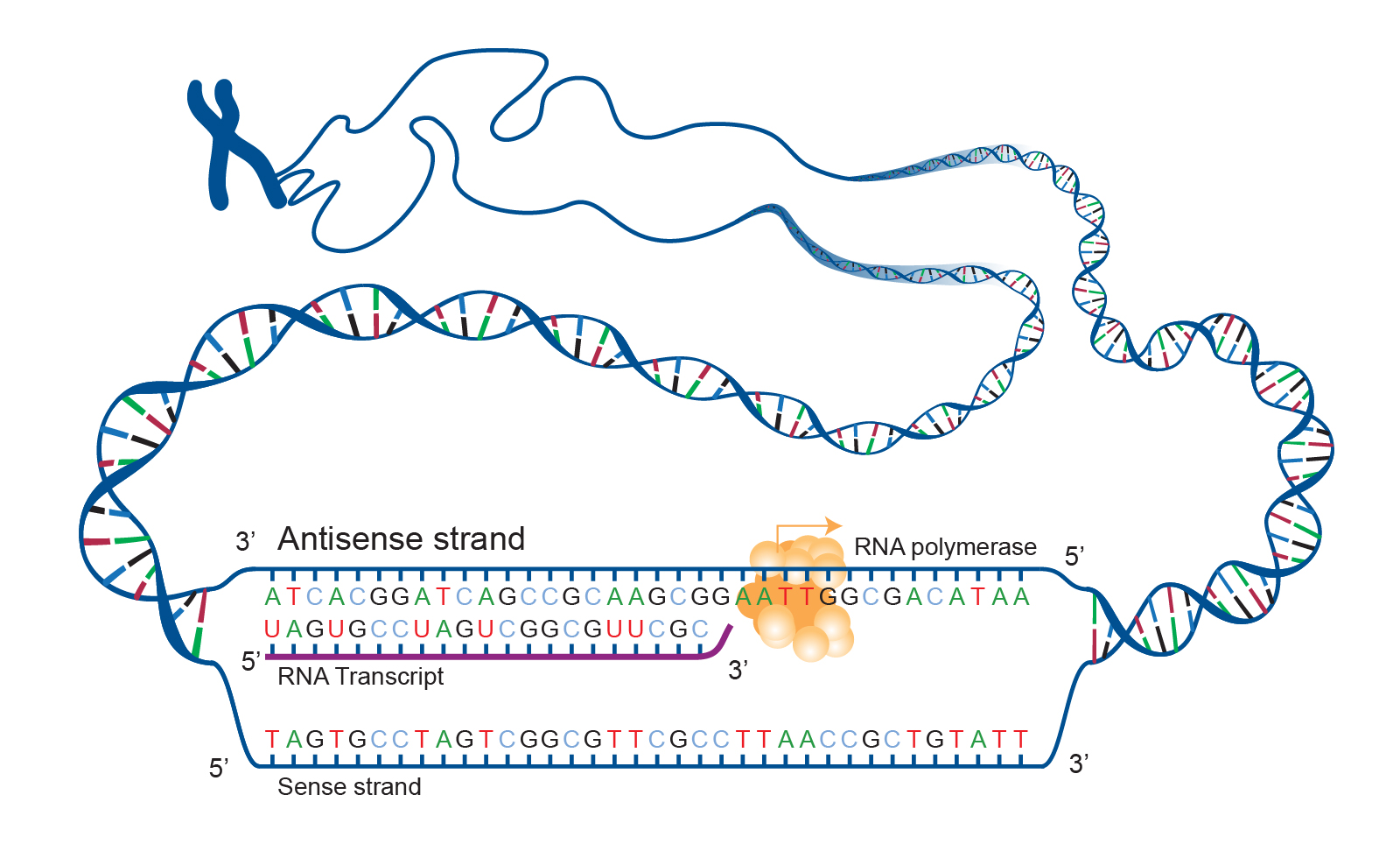 Source: genome.gov
Source: genome.gov
Oligo means ‘small,’ because asos are made up of relatively few (usually fewer than 25) nucleotides. This dna strand is referred to as the antisense strand. Rantai dna ini disebut rantai bermakna atau rantai sense atau sering disebut juga dengan daerah atau rantai templete. It is judicious for control the aspect of genes. There are two possible mechanisms f.
 Source: phenomenex.blog
Source: phenomenex.blog
The antisense dna binds to the mrna and, by mechanisms that are not completely understood, inhibits its natural function, i.e., translation into protein. Dna normally has two strands, i.e., the sense strand and the antisense strand. Specific artificial antisense will match complementary with dna and mrna. An antisense sequence is a dna or rna that is perfectly complementary to the target nucleotide sequence present in the cell. Microrna (mirna) microrna is also abbreviated as mirna.
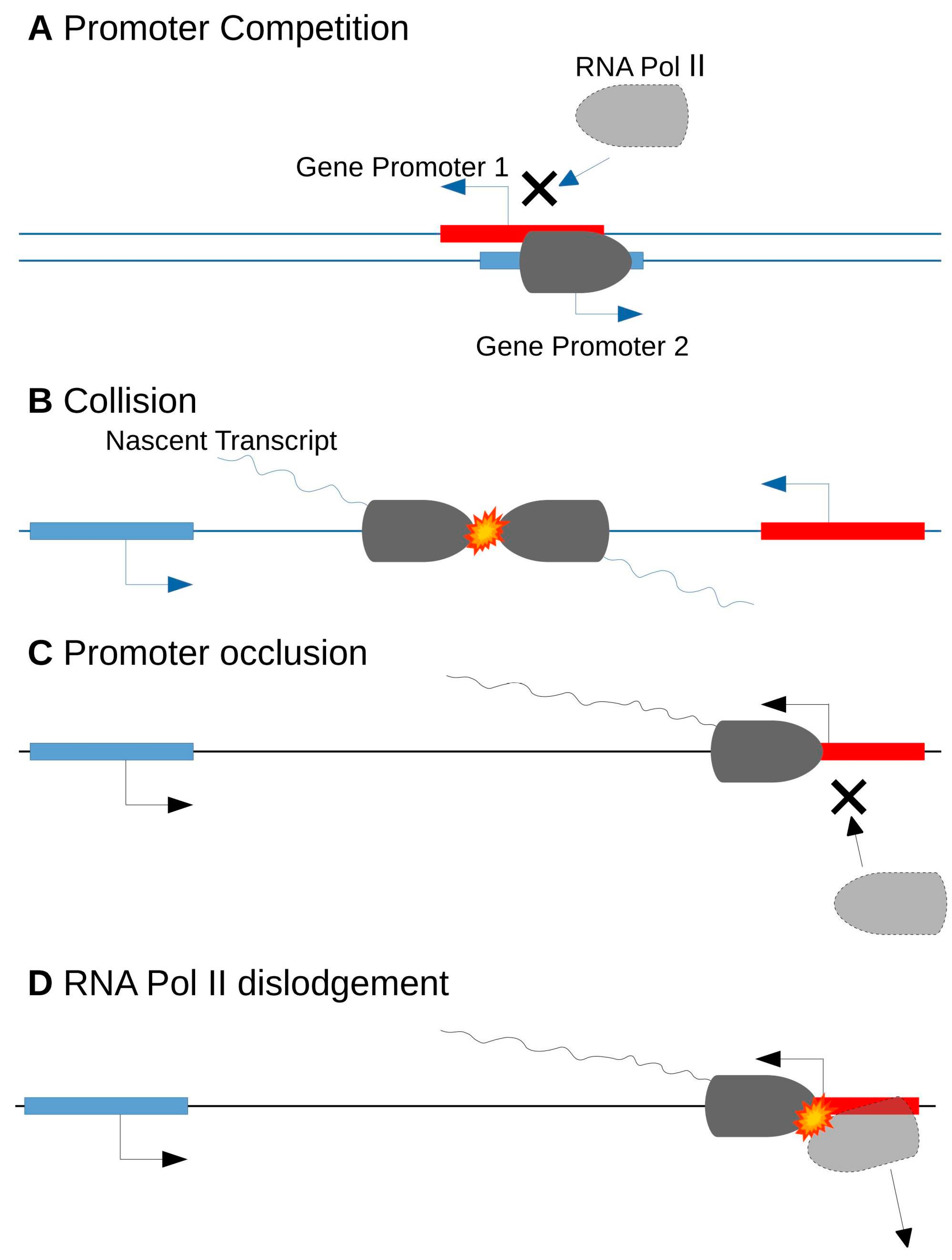 Source: mdpi.com
Source: mdpi.com
Antisense means it is complementary to the mrna strand, and therefore can bind to it. Sense and antisense is part of the building blocks of the dna double helix, base pairs contributes to the interior structure of rna and dna. In this article, the difference between sense and antisense. Dna that is complementary to the sense strand. Sense (biologi molekuler) dari wikipedia bahasa indonesia, ensiklopedia bebas.
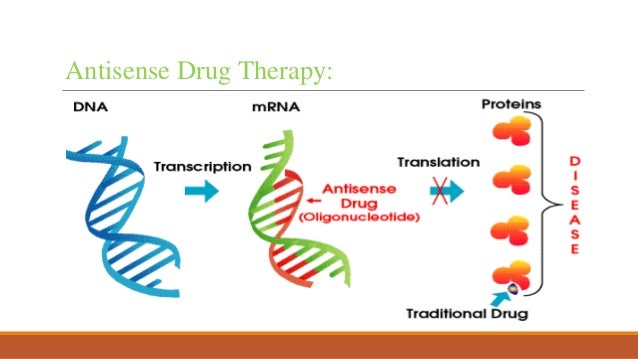 Source: slideshare.net
Source: slideshare.net
Sometimes, aberrant splicing can be fixed using a synthetic molecule called an antisense oligonucleotide, also called an ‘oligo’ or an aso. There are two possible mechanisms for an antisense effect. In practice, antisense is used to refer to ss asos, and sirna refers to ds asos that act via ago2 to cause. By this process the transcription or translation will stop. To help molecular biologists specifically identify each strand individually, the two strands are usually differentiated as the sense strand and the antisense.

The main difference between sense and antisense is, based on transcription or on the strand that serves as template for mrna, one of the strand is called sense while the other one is called antisense. In practice, antisense is used to refer to ss asos, and sirna refers to ds asos that act via ago2 to cause. Sense and antisense are the two strands of dna. Antisense dna technology is a method to inhibit or downregulate the production of a target protein by using antisense dna or rna molecules. The antisense strand is the template for mrna.
 Source: dxline.info
Source: dxline.info
Loncat ke navigasi loncat ke pencarian. (the sense strand has the same sequence as the mrna transcript. An antisense sequence is a dna or rna that is perfectly complementary to the target nucleotide sequence present in the cell. Antisense means it is complementary to the mrna strand, and therefore can bind to it. Sense strand vs antisense strand of dna a dna molecule has a double stranded structure.
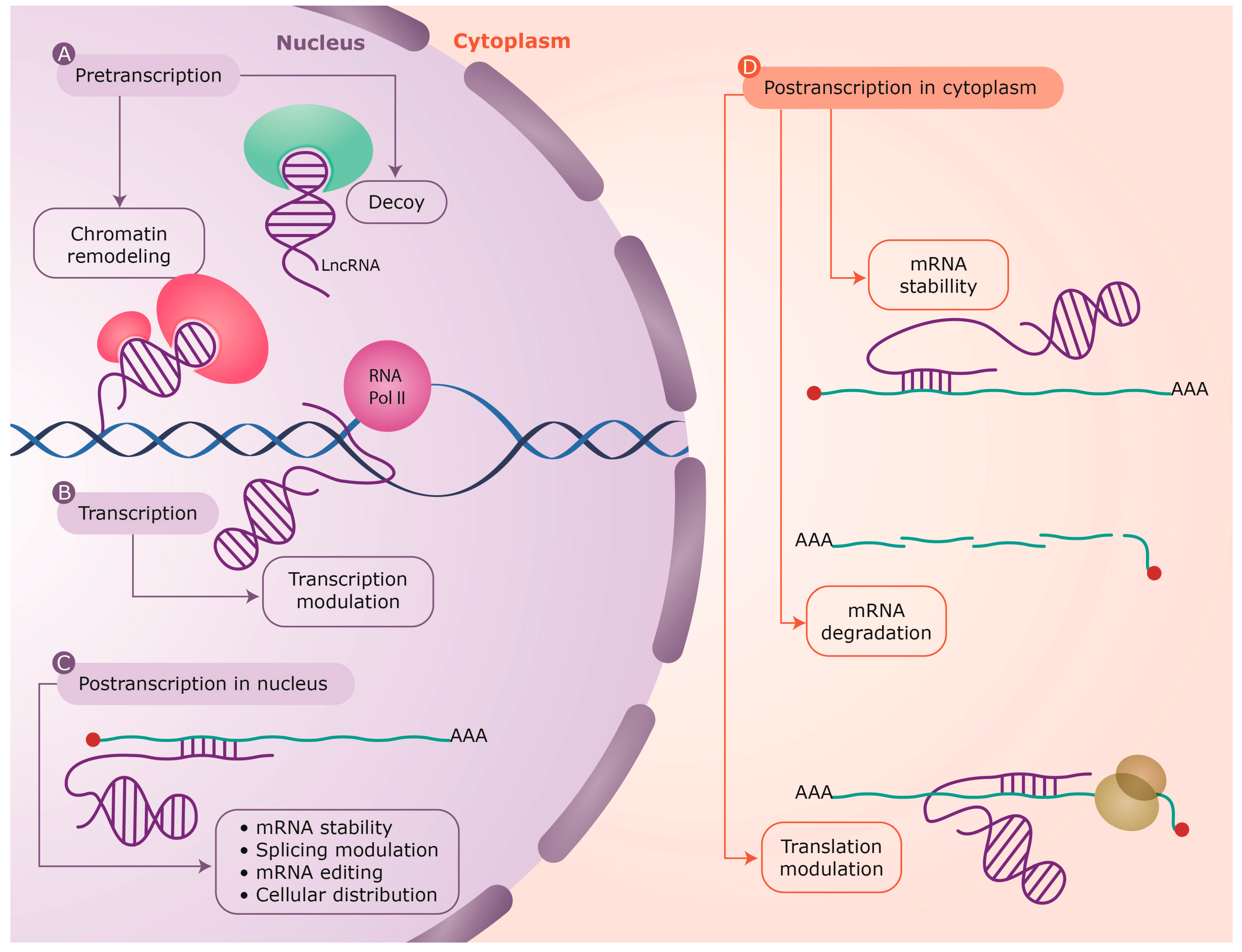 Source: mdpi.com
Source: mdpi.com
Rantai dna ini disebut rantai bermakna atau rantai sense atau sering disebut juga dengan daerah atau rantai templete. Antisense dna technology is a method to. Microrna (mirna) microrna is also abbreviated as mirna. Sometimes, aberrant splicing can be fixed using a synthetic molecule called an antisense oligonucleotide, also called an ‘oligo’ or an aso. Antisense nucleic acids are widely used to study the effect of genes in cultured cells.
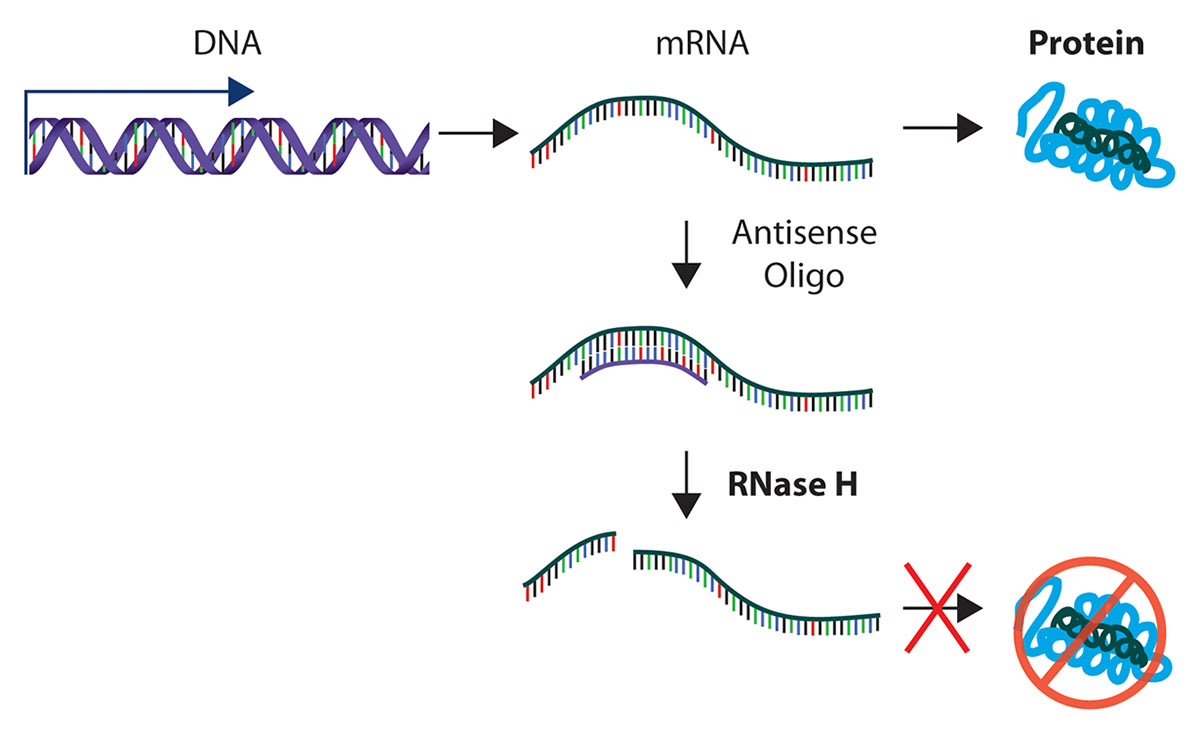 Source: idtdna.com
Source: idtdna.com
(the sense strand has the same sequence as the mrna transcript. An antisense sequence is a dna or rna that is perfectly complementary to the target nucleotide sequence present in the cell. The antisense dna binds to the mrna and, by mechanisms that are not completely understood, inhibits its natural function, i.e., translation into protein. There are two possible mechanisms for an antisense effect. Antisense dna technology is a method to inhibit or downregulate the production of a target protein by using antisense dna or rna molecules.
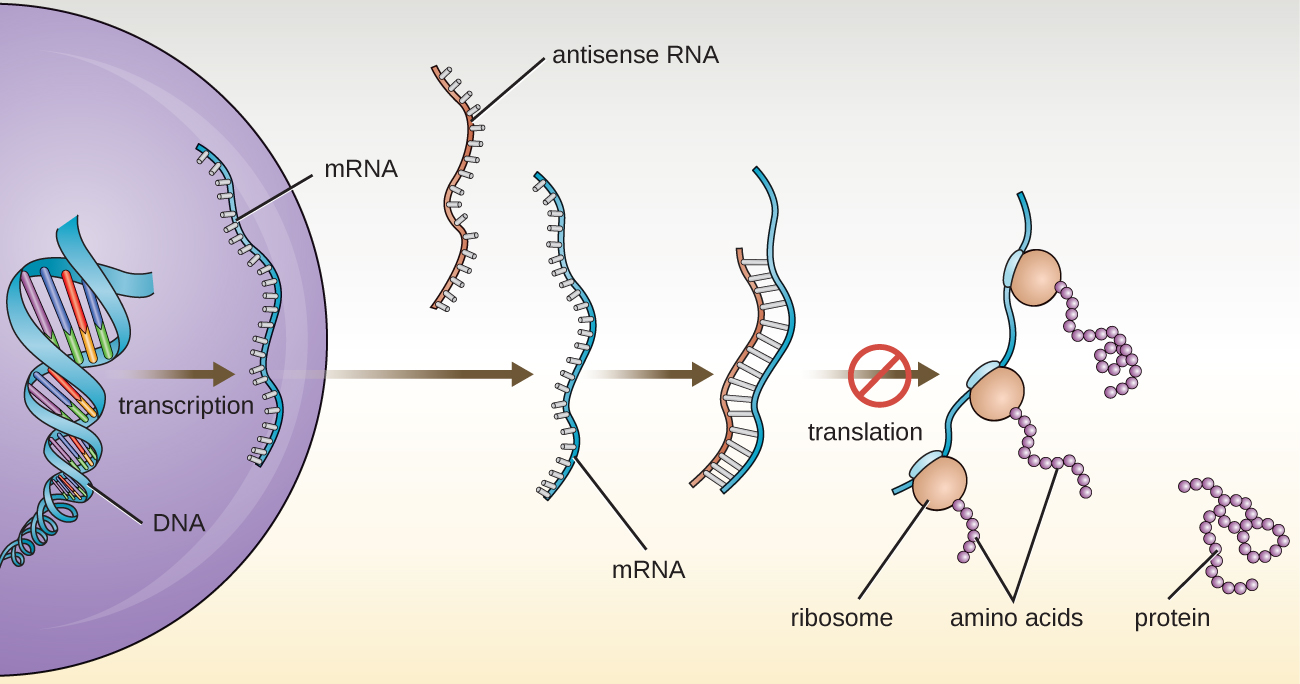 Source: jobilize.com
Source: jobilize.com
An aso is a small string of dna or rna. Sense dari molekul asam nukleat, dalam biologi molekuler dan genetika, terutama dari untaian dna atau rna, merujuk kepada sifat peran. Loncat ke navigasi loncat ke pencarian. In this article, the difference between sense and antisense. The effort of therapy is relatively new but a few have been in clinical trial phase.
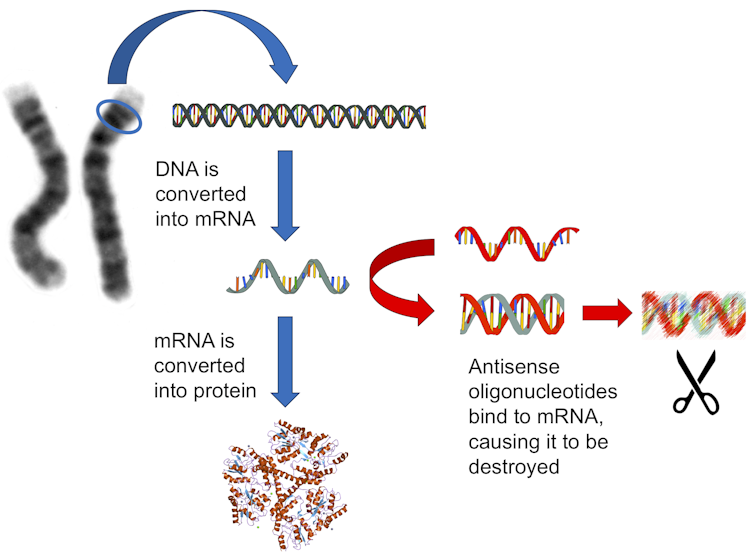 Source: theconversation.com
Source: theconversation.com
Based on the strand that serves as template for mrna formation or transcription, one strand is called the sense strand and the other is called the antisense strand. To help molecular biologists specifically identify each strand individually, the two strands are usually differentiated as the sense strand and the antisense. By this process the transcription or translation will stop. Microrna (mirna) microrna is also abbreviated as mirna. When antisense dna or rna is added to a cell, it binds to a specific messenger rna molecule and inactivates it.
 Source: scasource.net
Source: scasource.net
Of or relating to a nucleotide sequence that is complementary to a sequence of messenger rna. Sense strand contains the exact nucleotide sequence to the. Antisense dna is the most commonly used form of antisense both because of its convenience and relatively low price. Antisense rna (asrna), also referred to as antisense transcript, natural antisense transcript (nat) or antisense oligonucleotide, is a single stranded rna that is complementary to a protein coding messenger rna (mrna) with which it hybridizes, and thereby blocks its translation into protein. By this process the transcription or translation will stop.
 Source: researchgate.net
Source: researchgate.net
An antisense sequence is a dna or rna that is perfectly complementary to the target nucleotide sequence present in the cell. It consists of two strands. The main difference between sense and antisense is, based on transcription or on the strand that serves as template for mrna, one of the strand is called sense while the other one is called antisense. Dna molecule is a double helix strand which also contain histones. Adapun rantai dna yang tidak ditranskripsi atau tidak disalin disebut rantai tak bermakna atau antisense.
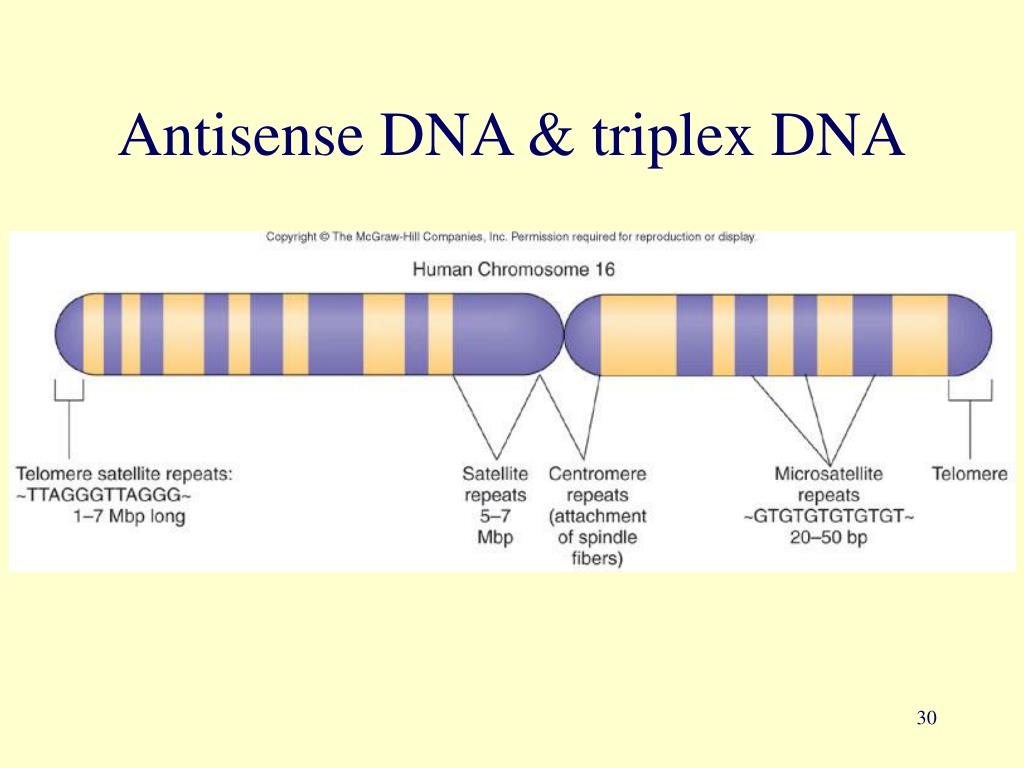 Source: slideserve.com
Source: slideserve.com
Antisense dna thus has the potential to block the expression of a particular gene, hence its potential as a therapeutic weapon to combat certain diseases. Dna molecule is a double helix strand which also contain histones. Antisense means it is complementary to the mrna strand, and therefore can bind to it. Jadi rantai sense adalah rantai dna yang kodenya disalin. Sense strand vs antisense strand of dna a dna molecule has a double stranded structure.
 Source: lookfordiagnosis.com
Source: lookfordiagnosis.com
Sometimes, aberrant splicing can be fixed using a synthetic molecule called an antisense oligonucleotide, also called an ‘oligo’ or an aso. Antisense dna thus has the potential to block the expression of a particular gene, hence its potential as a therapeutic weapon to combat certain diseases. Adapun rantai dna yang tidak ditranskripsi atau tidak disalin disebut rantai tak bermakna atau antisense. Antisense nucleic acids are widely used to study the effect of genes in cultured cells. To help molecular biologists specifically identify each strand individually, the two strands are usually differentiated as the sense strand and the antisense.
 Source: researchgate.net
Source: researchgate.net
Sense and antisense is part of the building blocks of the dna double helix, base pairs contributes to the interior structure of rna and dna. The other complementary strand is called sense strand or coding strand. Sense strand vs antisense strand of dna a dna molecule has a double stranded structure. Antisense dna antisense dna, system of rna, dna sequence modification, microbial id. Sense and antisense is part of the building blocks of the dna double helix, base pairs contributes to the interior structure of rna and dna.
 Source: thelancet.com
Source: thelancet.com
The key difference is that unlike antisense strand, the sense strand is not used in the transcription process. Tahap elongasi (pemanjangan) transkipsi sintesis protein Sometimes, aberrant splicing can be fixed using a synthetic molecule called an antisense oligonucleotide, also called an ‘oligo’ or an aso. The antisense dna binds to the mrna and, by mechanisms that are not completely understood, inhibits its natural function, i.e., translation into protein. Skema yang menunjukkan bagaimana untaian dna antisense dapat menghalangi translasi protein.
 Source: hallofbiotech.blogspot.com
Source: hallofbiotech.blogspot.com
Antisense dna technology is a method to. The main difference between sense and antisense is, based on transcription or on the strand that serves as template for mrna, one of the strand is called sense while the other one is called antisense. Dna normally has two strands, i.e., the sense strand and the antisense strand. Sense and antisense are the two strands of dna. Dna that is complementary to the sense strand.
 Source: de.academic.ru
Source: de.academic.ru
Untaian ini berperan untuk melakukan transkripsi membentuk mrna sehingga untaian ini disebut pencetak/cetakan (template). Dna molecule is a double helix strand which also contain histones. To help molecular biologists specifically identify each strand individually, the two strands are usually differentiated as the sense strand and the antisense. When antisense dna or rna is added to a cell, it binds to a specific messenger rna molecule and inactivates it. Jadi rantai sense adalah rantai dna yang kodenya disalin.
This site is an open community for users to submit their favorite wallpapers on the internet, all images or pictures in this website are for personal wallpaper use only, it is stricly prohibited to use this wallpaper for commercial purposes, if you are the author and find this image is shared without your permission, please kindly raise a DMCA report to Us.
If you find this site value, please support us by sharing this posts to your own social media accounts like Facebook, Instagram and so on or you can also save this blog page with the title antisense dna by using Ctrl + D for devices a laptop with a Windows operating system or Command + D for laptops with an Apple operating system. If you use a smartphone, you can also use the drawer menu of the browser you are using. Whether it’s a Windows, Mac, iOS or Android operating system, you will still be able to bookmark this website.

